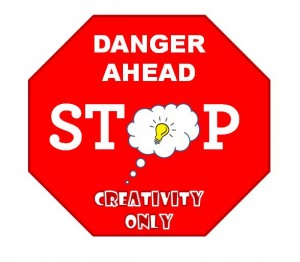It’s the start of a new term and my blogs for the next few months will be inspired by new design strategies and thought processes developed through the Sauder d.studio course. To compare my thinking before and after the next 4 months, I’m going to begin by analyzing my thought process now. In April, I will reflect back on how my thought process has changed and hopefully evolved.
In his article, What Good Does Design Do For Business?, Thomas Lockwood recommends that businesses should invest in a strategic design process that creates the five areas of what he calls the new Design Mix: creative collaboration, innovation, differentiation, simplification, and customer experience.
Simplification.
In an era where we’re a fast-paced, time-crunched society, we are surrounded by daily complications of our careers, our education, technology, and life. Yet, I have come to realize that we are also culprits of continuously feeding into this vicious cycle. When we now look at solutions to problems, instead of looking for a simple “quick-fix”, we often think that a solution must be complicated to solve a complicated problem. I’m guilty of this as well. From my experience, overnight cold medicines never works the night before an exam, cheap “quick-fixes” for cars never end up well, so why should I believe that business solutions are any different? I’ve come to realize we need to get back to the basics. Being an avid athlete in high school, this is something our coaches would always remind us to do. In a business sense, the basics of 2013 is design. You pay attention to how you create a solution with what is around you.
I could really improve on this. I feel like sometimes as a student, you’re trapped in a mindset that “more is better”. When we write an essay that has a five page limit, we try to write to the bottom of the fifth page. When you’re asked to come up with three interesting facts, you come up with five. But in reality, we really should be focusing on “less is more”. I really need to learn to step back, pinpoint my problem, and look at how I can most effectively create a simple yet effect solution.
Roger Martin also proposes another very interesting thought on Design Thinking. At the AIGA Make/Think Conference in Memphis, Texas in 2009 – he presented the following visual:
In my opinion, I view the left as the “Safe Zone” , and the right as the “Danger Zone”. The left, is what is most dominantly found in businesses today: strategies that are reliable – but not necessarily useful. Over the two months, my goal is to challenge myself to head towards the right side of this spectrum – the “Danger Zone”. As I’m writing this – I already see a problem.
Creativity shouldn’t be seen as danger. We associate being creative and thinking outside the box as being risky – when in reality, it shouldn’t be.When thinking of trying to influence consumer behavior, we often apply theories that have been “proven”. Contrarily, Roger suggests that the words “Prove” and “It” are two words that will never lead to innovation.
However, my end goal is to land somewhere in the 50/50 mix – the “Design Thinking” zone. I feel that it’s important to live through the extremes of both the “Business People” and the “Designers” before one can then reflect back on the two experiences and realize where the middle point is. Finding a balance to these two polar opposites and embracing a new way of business strategy thinking will be a rewarding challenge.


